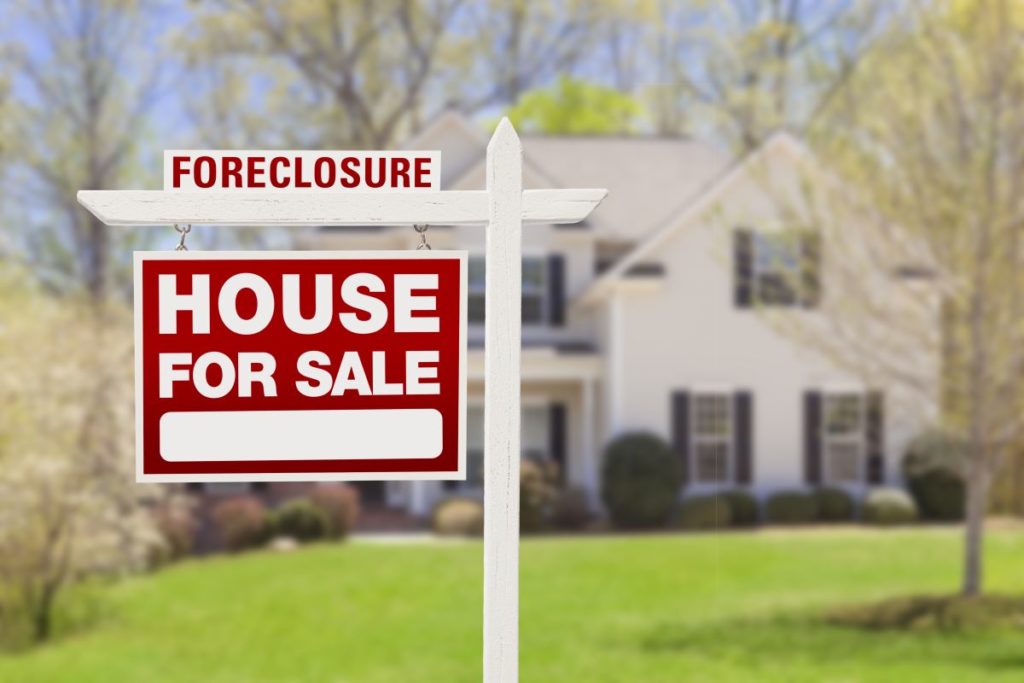It comes as no surprise that the coronavirus pandemic essentially reshaped countless industries. However, none more than the real estate industry suffered such drastic changes at an alarming rate. Everybody from the developers to the real estate agents will have to make necessary preparations within the year if their companies survive the onslaught of the post-coronavirus world.
The real estate market will certainly undergo numerous changes in the years to come. In the wake of a pandemic, people were forced to reinvent their own homes to cater to the circumstances that arose from the spread of the virus. For many families, it became less of a safe space for rest and more of a pop-up office for remote work with the addition of an improvised school all under one roof.
The Demand For Livability
With all these adjustments being made without prior notice and sufficient time to redesign the home, their spaces eventually became cramped. This, in turn, sparked the demand for more livable spaces, which is one of the most crucial trends that will impact the real estate market in the following years. Many industry leaders are dubbing this the “space race,” wherein an overhaul modification of both public and private spaces is necessary to allow people to move and interact within the context of the pandemic.
Although it has been a steady trend for quite some time, a significant increase in residents demanding to move into single-family rental properties will become one of the most viable options for many in the wake of COVID-19. With options to do remote work and attending school through video calls, families will surely want to migrate into more expansive places, much like the suburbs.
Likewise, the real estate market will most likely observe a boom in residents transitioning from major cities into low-density cities or rural areas deemed to be more livable given their small populations. Besides the affordable quality of life these locales offer, the relative safety from a similar crisis as the coronavirus is the most appealing trait for people to make the move.
The survivalist markets quite possibly have the most to gain, given the current trajectory. These are the places with properties that allow residents to live comfortably off-the-grid and self-sufficiently. Most of which are in the form of tiny, sustainable houses. Although these markets are few and far between, the chances of this particular niche becoming prominent are not unlikely.

Conscious Construction
Alongside the reinvention of livable spaces, the materials to create these areas will also become essential for the real estate market. Designing spaces while keeping in mind the health and well-being of the people who will interact with them is challenging. The environmental impact that these materials may present is also worth taking note of. Fortunately, countless innovations are already readily available for developers to provide sustainable, sanitary homes for incoming residents.
For instance, the use of recycled shipping containers is not necessarily a new movement as it is often used in the construction of tiny houses. However, it can provide a fitting alternative for living a more sustainable lifestyle. Sourcing recycled glass for the construction of windows to improve ventilation is also a feasible option for cost-efficient living.
Even the smallest components, such as concrete coatings, can be essential in ensuring a sanitary home. These materials that have various uses are also an effective way to make the concrete in homes, or even neighborhoods, less porous, which can substantially lessen the risk of transmission of any waterborne and airborne diseases, much like the coronavirus. Seemingly simple intentional design changes can actually go a long way.
Opening It Up
Countless people were forced to be cooped up inside their homes for an extensive amount of time. Perhaps, more than any of them ever felt comfortable with. Now, with the lockdown slowly being lifted due to the development of a vaccine, people will certainly want to enjoy being outdoors for quite a while. The rise in demand for these spaces is undoubted.
Incorporating outdoor amenities to all sorts of spaces from homes, buildings, and communities are vital in the post-pandemic world. Everything from small pocket gardens to outdoor theaters, developers should make sure that they can provide these features for their future residents. Given the openness of these spaces, it will allow people within the community to interact without having to worry about higher risks of the transmission of diseases.
The pandemic was an unprecedented eye-opener that forced many companies to rethink their approach. With the beginning of a new year, certain innovations such as these have to start being practiced and implemented if industries ever hope to recover from the disaster that was 2020.




